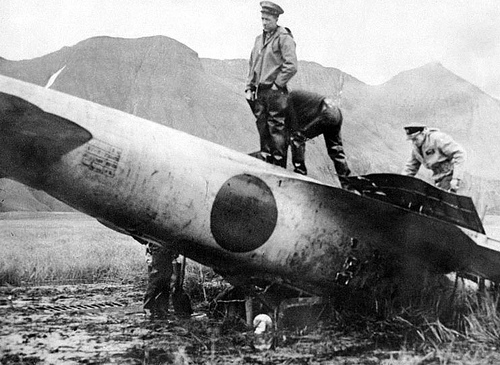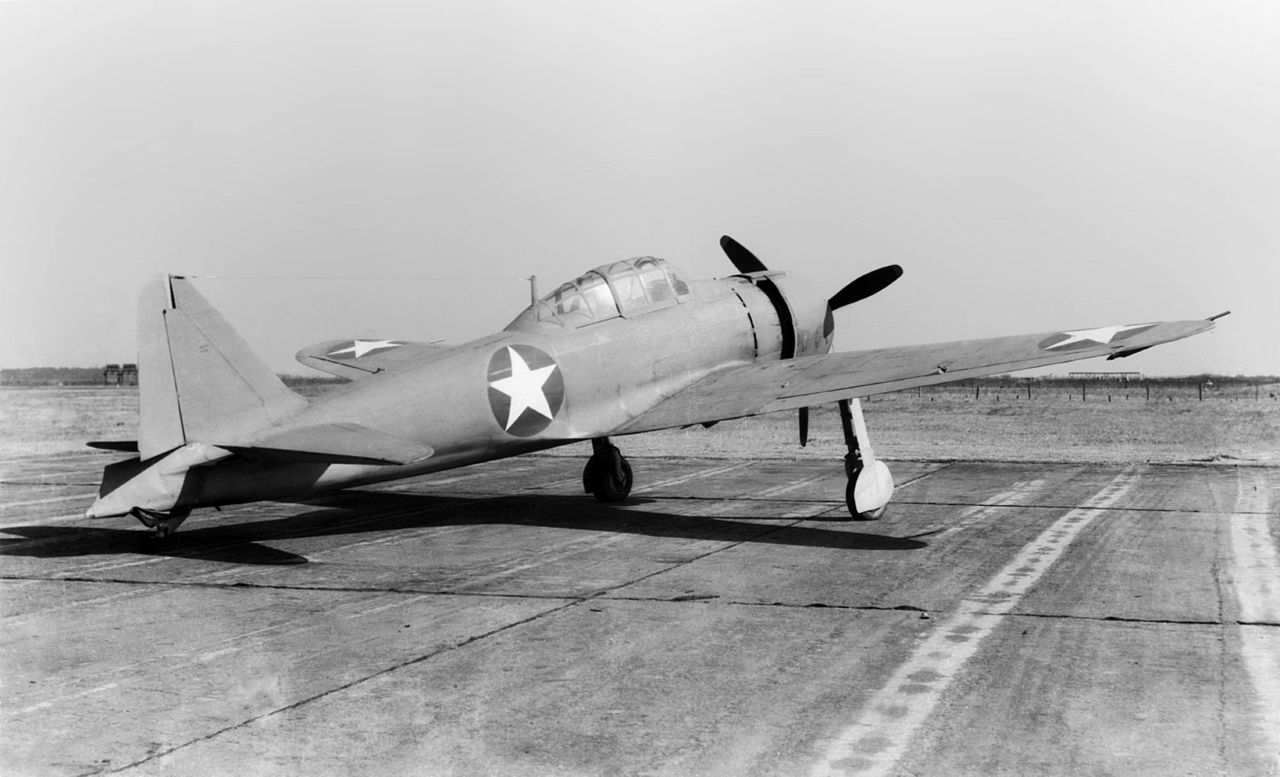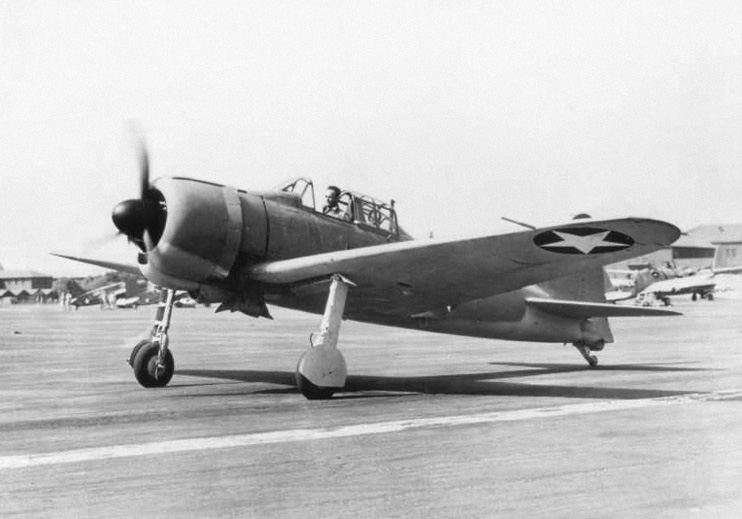The A6M2 Model 21, often known as “Koga’s Zero,” was arguably the most significant Zero captured during World War II and the one that contributed most to the Allied victory in the Pacific
The Mitsubishi A6M Zero, the primary opponent of the Allies in the Pacific air war, is the most well-known representation of Japanese air power in WWII. Mitsubishi, Nakajima, Hitachi, and the Japanese navy manufactured 10,815 Zeros between 1940 and 1945 after the fighter’s maiden flight in April 1939. More Zeros than any other type of aircraft were built. The Zero is a significant machine in the history of air power because of its unique design and historical significance.
The Navy Type Zero Carrier-Based Fighter, also known as Reisen, is what Zero’s official designation is; nevertheless, the Allies gave it the codename “Zeke.” When a proficient Zero piloted by an Allied aircraft like the Curtiss P-40 or Seversky P-35 engaged in a dogfight, the A6M quickly established itself as a well-known and dangerous adversary.
The A6M2 Model 21, sometimes known as “Koga’s Zero,” was possibly the most crucial Zero seized during World War II and the one that contributed most to the Allied victory in the Pacific, as explained by Mark Chambers in his book Wings of the Rising Sun. The history of the airplane is very fascinating. In June 1942, the IJN attacked the Aleutian Islands, which are located off the southern coast of Alaska, as part of its Midway offensive. Vice Admiral Kakuji Kakuta oversaw the Japanese task force that carried out the attack, and on June 3-4, his aviation strike group from carriers bombarded Dutch Harbor, which is located on Unalaska Island.
Tadayoshi Koga, a 19-year-old P01 pilot assigned to the second of these strikes, departed in his A6M2 (construction number 4593) from the carrier Ryujo in the afternoon of June 4. Wingmen CPO Makoto Endo and PO Tsuguo Shikada were with Koga as he flew in a formation of three Zeros. The US Navy PBY-5A Catalina flown by Lt. Bud Mitchell was shot down by the three pilots as they strafed Dutch Harbor. However, an American ground fire afterward caused damage to Koga’s aircraft.
Koga pulled back on the throttle in an effort to keep the engine running long enough for him to reach Akutan Island, 25 miles to the east of Dutch Harbor, as the Zero was releasing oil in its wake due to damage to the fighter’s return oil line. The Imperial Japanese Navy Air Force (IJNAF) pilots had previously decided that Akutan would be used as an emergency landing site in the event that any of their aircraft were severely damaged, with downed pilots being rescued by IJN I-Boats (submarines) that were patrolling in the waters off the island.

Shikada had mistakenly assumed that the grass in a grassy section of Akutan near Broad Bight was solid ground. He told Koga this, and Koga made an attempt at a standard, gear-down landing. As soon as his aircraft’s undercarriage made touch with the swampy ground, it overturned. The Zero took only minor additional damage, but Koga was instantaneously killed due to a broken neck when the fighter came to rest on its back. To keep Zeros from falling into enemy hands, all fighter pilots had been ordered to shoot down any Zero that made an emergency landing in territories controlled by the Allies. However, Koga was thought to have survived the emergency landing, so Endo and Shikada decided against strafing the fighter before leaving the area.
For more than a month, the plane stayed at the crash site preserved. On July 10, a US Navy PBY Catalina piloted by Lt. William “Bill” Thies established visual contact with Koga’s overturned Zero after Machinist’s Mate Albert Knack had first noticed the wreckage from the PBY. The PBY flew back to Dutch Harbor after several circuits around the wrecked Zero confirmed and recorded the location of the disaster. The next day, Thies flew a recovery team to the crash site to inspect the plane.
Thies discovered that the Zero was recoverable and informed his commander at Dutch Harbor of this after removing Koga’s body from the cockpit and hastily burying it close to the wreckage. On July 13, Lt. Robert Kirmse oversaw a mission to recover Akutan.
After burying Koga nearby in a Christian burial, Kirmse and his men started the airplane recovery procedure. The Zero was removed from the mud after bringing in the heavy lift equipment, and it was then transported by land to a barge and sent to Dutch Harbor. The preservation process started as soon as the fighter arrived at the port.
The transport ship USS St. Mihiel (AP-32) was then used to load Koga’s Zero and carry it southeast to Seattle, Washington. On August 12, the aircraft arrived at Naval Air Station (NAS) North Island after being brought there by barge. The vertical stabilizer, rudder, wingtips, flaps, and canopy of the fighter were also fixed here, along with the landing gear and the three-bladed Sumitomo propeller of the Zero. After that, the plane received a fresh coat of paint in the then-standard US Navy colors of Blue-Gray over Light Gull-Gray and was adorned with US national insignia. The A6M2 made its first flight in American hands on September 26 with Lt Cdr Eddie R. Sanders at the controls, under close military police protection.
Preliminary data collected from ground investigation and evaluations of Koga’s Zero were communicated to both the Bureau of Aeronautics and Grumman, and it was the latter company’s Leroy Grumman and his design team who benefited most from this information. Prior to its widespread fleet deployment, they were able to make subtle modifications to their new F6F Hellcat, which helped the Grumman plane turn into the war’s most powerful carrier fighter.

Between September 26 and October 15, Lt Cdr Sanders conducted 24 test flights in the Zero, recording the following in his report:
“These flights covered performance tests such as we do on planes undergoing Navy tests. The very first flight exposed weaknesses of the Zero which our pilots could exploit with proper tactics … immediately apparent was the fact that the ailerons froze up at speeds above 200 knots so that rolling maneuvers at those speeds were slow and required much force on the control stick. It rolled to the left much easier than to the right. Also, its engine cut out under negative acceleration due to its float-type carburetor. We now had the answer for our pilots who were being out-maneuvered and unable to escape a pursuing Zero. Go into a vertical power dive, using negative acceleration if possible to open the range while Zero’s engine was stopped by the acceleration. At about 200 knots, roll hard right before the Zero pilot could get his sights lined up.”
Cdr. Frederick M. Trapnell, the Naval Air Station’s Flight Test Director, conducted a number of test flights after receiving the fighter in late 1942. He conducted simulated dogfights while flying identical flight patterns in the Zero and US fighters to measure their performance. Lieutenant Melvin C. “Boogey” Hoffman of the US Navy was also checked out in the A6M2, and after that, he used the Zero to dogfight with Naval Aviators training in the new F6F Hellcat, F4U Corsair, and FM Wildcat.
The aircraft was tested in 1943 at NACA’s LMAL in Hampton, Virginia, where the Full-Scale Wind Tunnel was used to evaluate the aerodynamic performance of the Zero. It was also exhibited to the public at Washington National Airport the same year during a war booty exhibition. The well-used A6M2 was back in service at NAS North Island by September 1944, when it was employed as a learning aid for “green” Naval Aviators getting ready for service in the Pacific.
On or around February 10, 1945, while being taxied at NAS North Island with Cdr Richard Crommelin at the controls, Koga’s Zero was struck by a Curtiss SB2C Helldiver, which led to the aircraft’s loss. Because of the dive-extremely bomber’s limited forward view, its pilot didn’t notice the Zero until its propeller had begun tearing pieces of its fuselage apart. Except for a wingtip and a few cockpit instruments that are now on display at the Navy Museum at the Washington Navy Yard in Washington, D.C., the A6M2 was later scrapped.
Wings of the Rising Sun is published by Osprey Publishing and is available to order here.

Photo by U.S. Navy

